This is an interview with Tony Wrench of ‘That Roundhouse’ fame. He built a super-eco roundhouse in Pembrokeshire over 20 years ago, and is still living in it, after having many battles with planners and regulatory bodies. Not suprisingly, Lowimpact.org is completely supportive of Tony and his roundhouse, especially as he’s helped change attitudes, certainly in Wales, where there is now the One-Planet Development policy, making it easier to build eco-homes on smallholdings. If you think that people should be prevented from building their own homes, using locally-sourced, recycled and biodegradable materials, for a few thousand pounds, without a mortgage with a corporate bank, you’re not going to like this article – but feel free to comment anyway.
From the air – not exactly obtrusive, is it?
Lowimpact.org: Tony, how on earth did you manage to get this house past the planners and building regs – as it clearly doesn’t conform to anything that they believe people should be allowed to live in, including the location.
Tony Wrench: Well, I just built it. I didn’t really know much about the planning system or building regs, and I knew that I didn’t have the resources to either conform with or fight the system, so I just did it. I have a strong belief that it is everyone’s right to build their own home, as long as it doesn’t damage the environment or hurt anyone else. It’s been a bit of a fight since then, but we’ve had lots of support, and we’re still here. I had a vague idea that if you manage to live somewhere for a certain amount of time, you’d be left alone. We weren’t left alone, and as I speak, we have temporary permission, and our application for permanent permission is coming up soon. I might pass it on at some point, and that may involve money, but I’m not really looking at this as an investment – it’s my home, and at some point, usable stuff like the windows or stove can be taken away and used elsewhere, and the rest of the place will return to the earth.
LI: How much did it cost and what’s it made of?
TW: It cost £3000, 20 years ago. Since then we’ve spent £2000 on a (new) greenhouse, which isn’t really part of the house, and £100 on recycled glass to make the passive solar porch. All materials were either recycled (like the windows) or natural and local – mainly douglas fir from where we used to live, 18 miles away, plus oak from the woods here and cob from the ground.
LI: Where do you start with a project like this?
TW: You start with what you’ve got. In our case we designed the house around the windows, because we had them already. Get your materials in advance – whatever’s available locally, build with that. It’s not about prescribing stuff, then having to bring in materials from elsewhere. If you’ve got lots of timber, build with that; if you’ve got cob, build with that; if you’ve got stone, build with that. It’s how vernacular building has worked throughout the centuries, and it makes perfect sense in terms of sustainability.

Interior of the roundhouse.
LI: How did you build it?
TW: There are no foundations – the whole place is built on top of Douglas Fir posts sunk into the ground. 20 years later, and they’re still there – although I’ve replaced the below ground sections of two of them with stone, and if I were building it now, I’d mount them on stone blocks rather than sinking them into the ground – they would last longer. The walls we built with 40cm logs from the woodland here, packed with mud, and with straw in the gaps in the middle – a bit like cavity wall insulation! Windows are second-hand double-glazed units – £125 the lot – one milk float load (I had an old milk float at the time). The roof is made of reciprocal poles (each pole supports the next one, until the last one supports the first one, if that makes sense – you can do it with lollipop sticks on cups – no central pillar is required to hold the roof up). On top of that is a turf roof, with straw-bales underneath to provide insulation.
LI: Opinion is probably split on homes like this – some people will find it beautiful, but others will be horrified. Focusing on the people who would love to have a home like this – is it for everybody?
TW: Not really – it’s a question of attitude. We’re off-grid, we have compost loos, we heat our space with locally-harvested wood, and the house itself is a living, breathing thing. You can’t just ignore it and hope it’s going to be ok – it won’t be. Anyone occupying a house like this needs to have a certain kind of attitude. The house is super-eco, and is an integral part of the local landscape. The occupiers would need to be the same. Lifestyle is the critical thing when it comes to the sustainability of a building. What’s the use of a low-impact house if the occupiers commute 20 miles to a city every day, fly on holiday several times a year, and are high consumers? Just looking at the building alone is not enough. Having said that, I don’t think you have to be a farmer or a smallholder to have an eco-home. These kinds of buildings could be situated on the edge of towns, to house teachers, nurses, plumbers etc. – all essential jobs, and so why shouldn’t they live in an eco-home too? Those houses wouldn’t need any land – apart from a small patch for a garden, as with ordinary houses.

LI: How does your house integrate with the local environment?
TW: We took a permaculture approach to lay the place out – to fit in with nature and the local landscape, to be unobtrusive and to minimise heat loss in winter etc. Also, the house is now a habitat for more than just humans. It’s not designed to keep nature out, and we’re happy to share it with wildlife – otherwise we’d have to use damaging materials like plastic or cement. For example, there’s a wasps’ nest in the roof that we leave alone, and it causes us no problems at all.
LI: How difficult was it dealing with the authorities?
TW: Very difficult – but we were determined and I think it was worth it. There was another straw-bale house locally, plus a core group was talking about starting Lammas, an eco-village in Pembrokeshire, which has since been successful in its planning application to build eco-homes on their smallholdings in the open countryside – where the planners seem to believe that no-one should live. The idea is that the countryside should be empty apart from giant farms. We believe the opposite – that the countryside should be a patchwork of smallholdings and communities, on which people should be able to build their homes as long as they are working the land and the buildings are super-eco. But the local battles in Pembrokeshire have led to ‘One-planet Development’ policies – first in Pembrokeshire and now for the whole of Wales – which should make it much easier for smallholders to build eco-homes. This is already happening – we were unique at the time, but now lots of people are doing it.

Snow on the roof is a good sign – no heat loss through the roof.
LI: So do you think you’ve changed attitudes in planning and building control?
TW: Yes. Lammas had a terrible time with building regs – which are aimed at ordinary, bricks and mortar (plus plastic, cement, steel and lots of other unsustainable materials), suburban or urban homes. What Lammas was trying to do was not in their area of understanding or their comfort zone. It has a lot to do with individual personalities as well. A new head of building control came in with a completely different attitude, understood what we were trying to do, and supported us. Lammas was then treated differently as regards building regs.
LI: How can a home be considered sustainable if it doesn’t comply with building regs – especially the parts covering energy efficiency?
TW: For example, Lammas had outside compost loos – made of local materials, producing compost that will enrich the soil and won’t have to be transported somewhere else using fresh water, to cause problems somewhere else. That’s great for the environment, obviously, but it didn’t comply because the compost loos didn’t have hot and cold lagged taps in them. This would have been an extra expense, and would have used lots of resources, when there was water close by where people could wash. To their credit, building control officers now realise this, and Lammas was allowed their outdoor compost loos. Building control thinks of houses in terms of non-breathable, hermetically-sealed structures, or else they’re unsustainable – but this just isn’t true. This home is breathable, heated by a wood stove that gets its oxygen due to the fact that the house is made of natural materials, and is therefore a bit leaky. That’s fine in this case – it’s another way of looking at sustainability.

Lime-rendered wall.
LI: What’s your attitude to the authorities now?
TW: Generally, the powers that be seem to think that sustainability requires high-tech materials, but when codes or regulations specify non-local materials, they’re actually specifying unsustainability, due to resources and waste involved in manufacturing and transport – plus the non-biodegradable nature of high-tech products and materials. Plastics are a huge problem – in terms of their manufactue and lack of biodegradability. So if regs or codes stipulate non-local and non-natural materials, it’s a double whammy in terms of unsustainability.
LI: So your approach is low-tech rather than high-tech?
TW: Definitely. We’ve got solar hot water panels that just sit there making hot water when the sun’s out, and a thermosyphon system takes the hot water to our tank. It works because hot water rises – no electricity is needed to pump it. We also have a passive solar porch on the south side of the house, made of recycled glass. It makes a huge difference to the internal temperature in cold weather, but again, doesn’t require any energy to work.
LI: And steer away from plastics if you can?
TW: Yes – it’s everywhere. For example a lot of carpets are plastic now. We go for the ‘cradle to cradle‘ approach, which focuses on natural materials and the question – how will this decompose? The idea is big in Germany, especially in carpets, textiles and dyes. There are around 20,000 dye colours on the market, but only 38 of them are biodegradable. Companies using the cradle to cradle approach would only use biodegradable dyes, plus other materials, and of course no plastics. I’d like to see this approach more over here.

Part of the wall, showing cordwood and cob, plus living roof.
LI: Did anything useful come out of your encounters with planners or building control officers?
TW: Yes, building control people came to visit, and they were very nice. They’d never seen anything like this place, but my stove had a length of horizontal flue inside the house, before it left the building. They explained that this was very risky in terms of carbon monoxide leaking into the house and poisoning us – so I changed it.
LI: Do you think there’s a future for homes like this?
TW: Yes, more so after this place and Lammas’s success. I think that a lot of people prefer natural-looking houses like this to the typical bricks & mortar estates that usually get built – and I think that things like One-planet Development make them more possible. The crucial thing though, is that you’re not just looking at a house. For real sustainability, the lifestyles of the people who live in them is probably more important than the house itself – otherwise it’s just eco-style without the substance.
Get Tony’s book Building a Low-impact Roundhouse here.

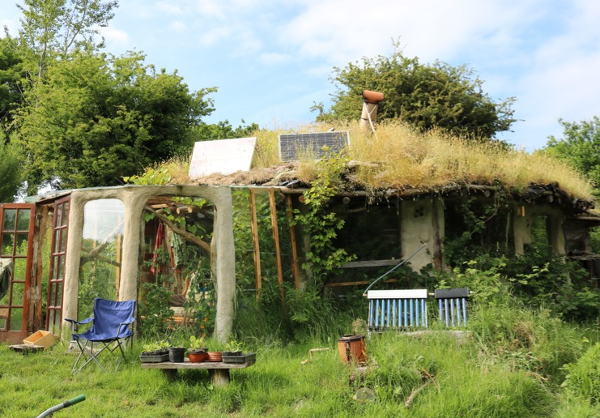
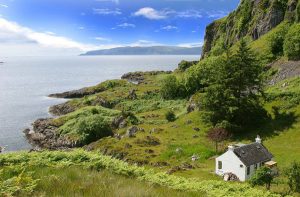
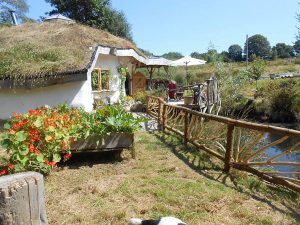
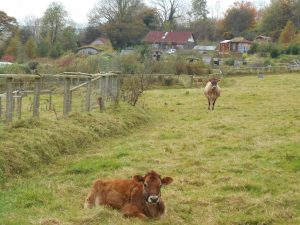

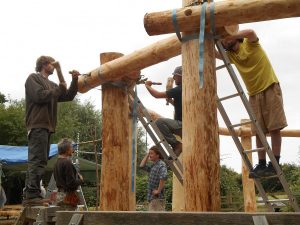
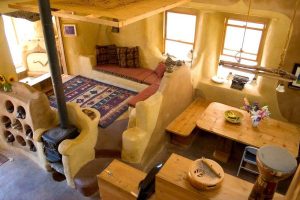
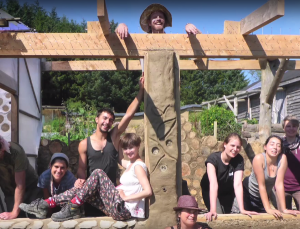
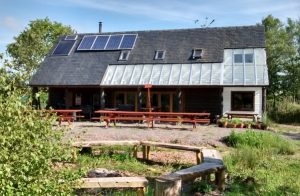
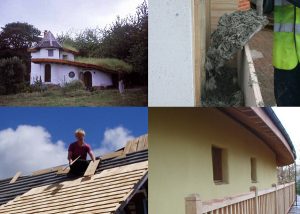
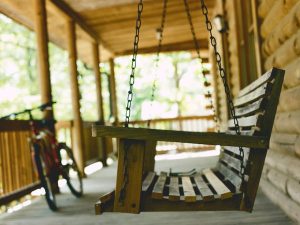
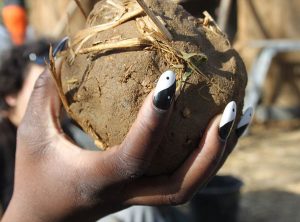
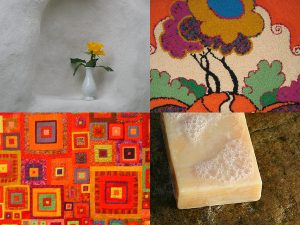
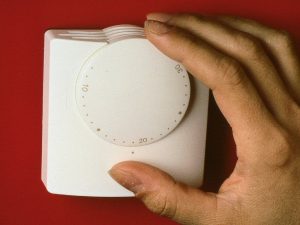
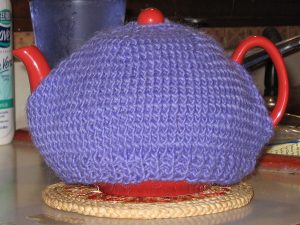
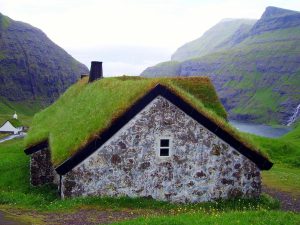
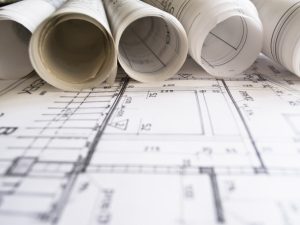
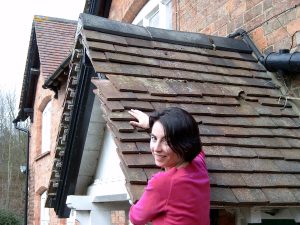
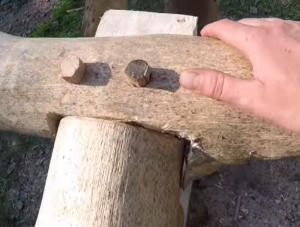
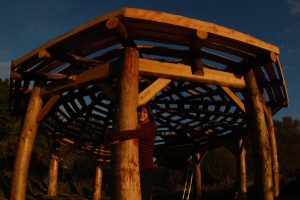
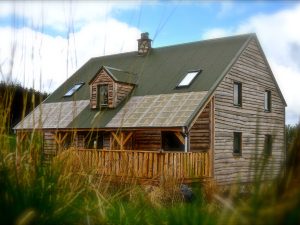
6 Comments
That’s a fantastic, magical building. I’m not so sure it would totally suit me to live in but far, far preferable to yet another ‘Wimpy’ box on an estate.
Tony’s house is a great example of direct action. People who are empowered to meet their own needs for shelter, food &c strike directly at the root of the system. Building our cob cabin in N Spain was one of the most empowering experiences of my life.
I wouldn’t call myself an ultra low impact builder — we have made rather more compromises with the world of “conventional” building (and living) than Tony has — but i feel that by opening people’s minds to the fact that other ways of building are possible, and can even be more efficient and comfortable, we can help to change the status quo.
This approach is now available to everyone, at least everyone living in or able to move to Wales. See http://www.oneplanetcouncil.org.uk for more information. We recently had our planning application for four houses approved under the One Planet Development policy.
the idea of building on your own smallholding was universal until the Industrial Revolution and The Enclosures Act swept away an independent peasantry, leaving them no option to move to towns and labour in the mills and foundereies of the Victorians. let us hope that things are changing and the One-Planet Development will transfer to England as well.
“leaving them no option BUT to move to towns”
Janet, you missed a vital word out. You are absolutely right – what we need to be saying is that we are currently in a SLAVE system, where OUR land has been stolen from us, and therefore we have to work from cradle to grave just to have the most basic human right of all – a piece of land to live on – because somebody else STOLE it from us all, during the Enclosures. And imagine, even worse, if people could actually CHOOSE their neighbours, so that you had completely crime free, happy, safe neighbourhoods, all with self-built, super low impact houses, like the Roundhouse in this article – we can’t have that!
Tony I Love Love your house and your wonderful approach to sustainability, it would be fantastic if everyone felt this way, Wales certainly have taken the lead in sustainability I just wish the rest of Britain would do the same, our local planning group won’t be happy until every field and green space is covered in tarmac and unsustainable homes with little regard to the wild life in the area concerned.
Ann